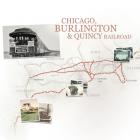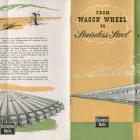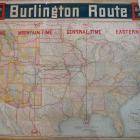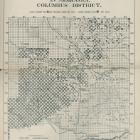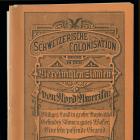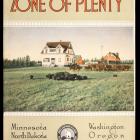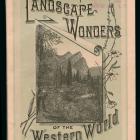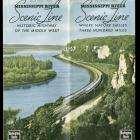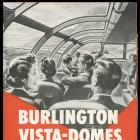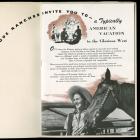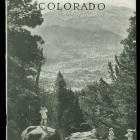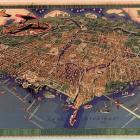Overland Excursions

Cover, CB&Q Overland Excursions to the East brochure, 1902.
Cover, CB&Q Overland Excursions to the East brochure, 1902.
Courtesy of Newberry Library Chicago. CB&Q Overland Excursions Brochures.
Used with permission of the Newberry Library. With questions about reuse of this image, contact the Newberry Library.
The copyright holder reserves, or holds for their own use, all the rights provided by copyright law, such as distribution, performance, and creation of derivative works.
During the last few decades of the nineteenth-century, the CB&Q promoted migration, settlement, and development of the western states and territories. During the same period, the company heavily promoted tourism to National Parks located in the western states. Tourism advertisements were overwhelmingly (if not entirely) aimed at enticing inhabitants of the more urbanized center and eastern regions of the country to travel west. Like settlement trends, tourism had a general direction: west. The West offered an escape from the ills of the more settled parts of the country. By the turn of the century, much of the west had been settled. Several western urban centers were already well established. In 1900 San Francisco was the 59th largest US city with a population of 342,782. Denver, Colorado was 75th, with 133,859. Los Angeles was 86th with 102,479.
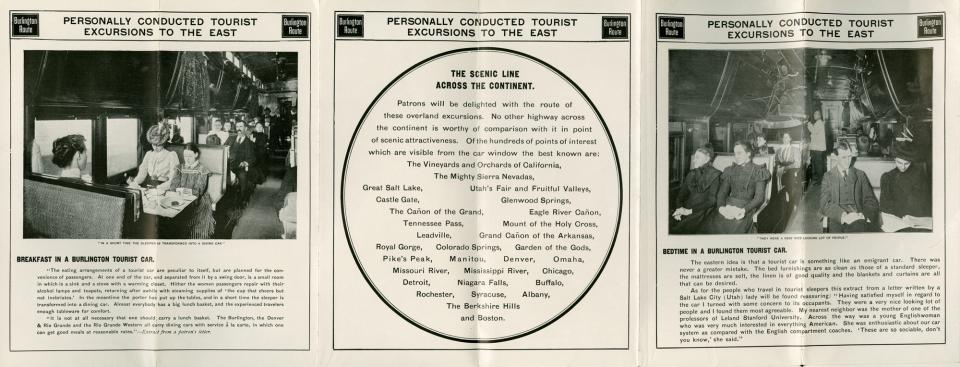
Overland Excursions to the East brochure, 1902.
Overland Excursions to the East brochure, 1902.
Courtesy of Newberry Library Chicago. CB&Q, Overland Excursions Brochures.
Used with permission of the Newberry Library. With questions about reuse of this image, contact the Newberry Library.
The copyright holder reserves, or holds for their own use, all the rights provided by copyright law, such as distribution, performance, and creation of derivative works.
As the Burlington promoted tourism, they sought to overcome the Granger image of the line. As the panel at right states, “the eastern idea is that a tourist car is something like an emigrant car. There was never a greater mistake.” The brochure emphasizes amenities, cleanliness, comfort, and reassuringly agreeable people.
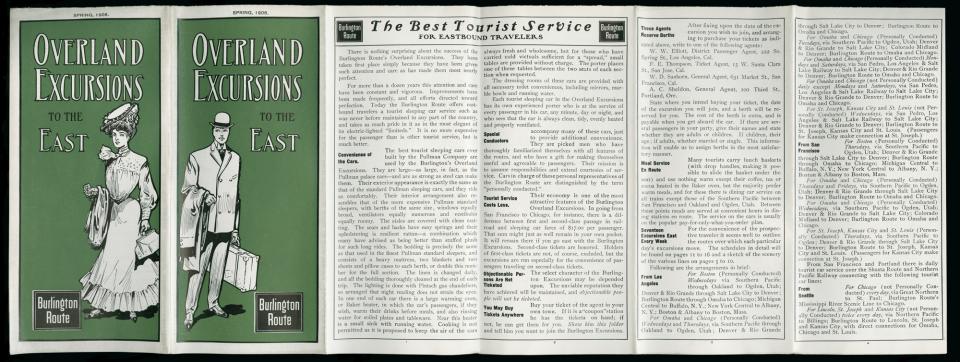
CB&Q Brochure Overland Excursions to the East, 1906.
CB&Q Brochure Overland Excursions to the East, 1906.
Courtesy of Newberry Library Chicago. CB&Q Brochures.
Used with permission of the Newberry Library. With questions about reuse of this image, contact the Newberry Library.
The copyright holder reserves, or holds for their own use, all the rights provided by copyright law, such as distribution, performance, and creation of derivative works.
The Burlington offered first-class service for second class fares and assured customers that “objectionable people will not be ticketed.”

A 1902 brochure from the Burlington Route.
A 1902 brochure from the Burlington Route.
Courtesy of Newberry Library. CB&Q brochures.
Used with permission of the Newberry Library. With questions about reuse of this image, contact the Newberry Library.
The copyright holder reserves, or holds for their own use, all the rights provided by copyright law, such as distribution, performance, and creation of derivative works.
Either to make the interior of the sleeping car seem fuller, or the people more attractive, the passenger in the right foreground was clearly drawn in by an artist. All of the passengers seem somber. The text offers a straightforward inventory of the luxuries and necessities provided in the car.



